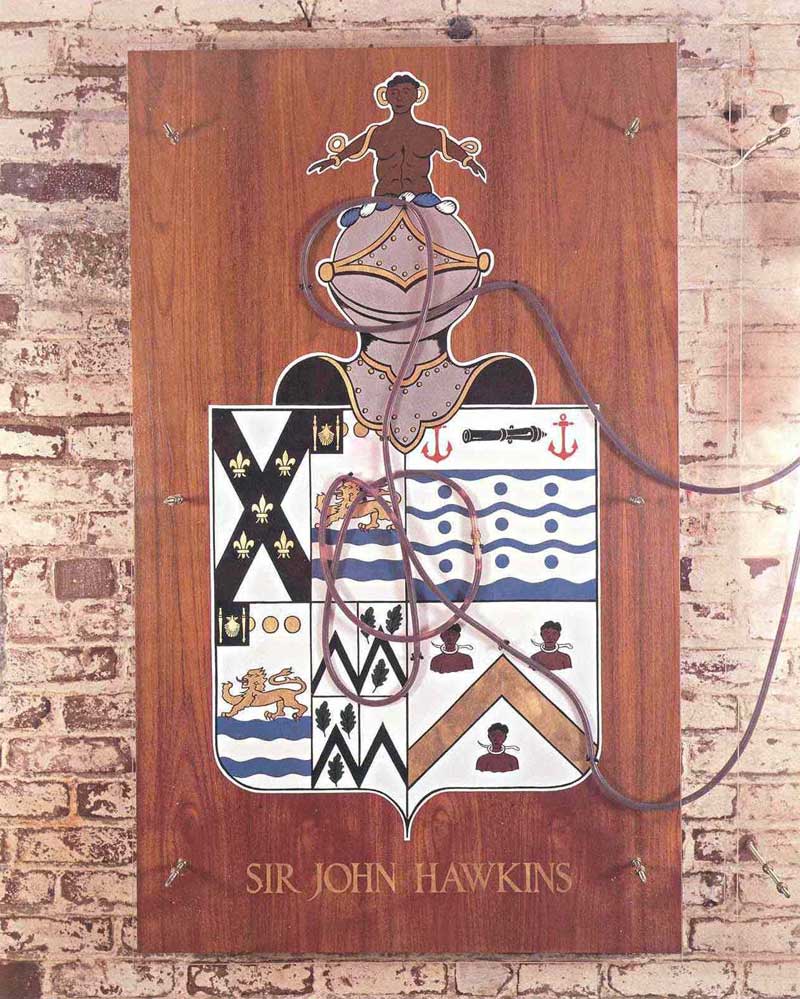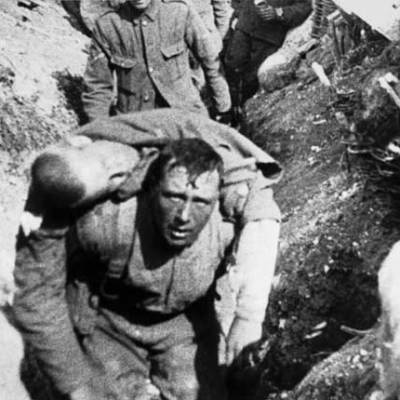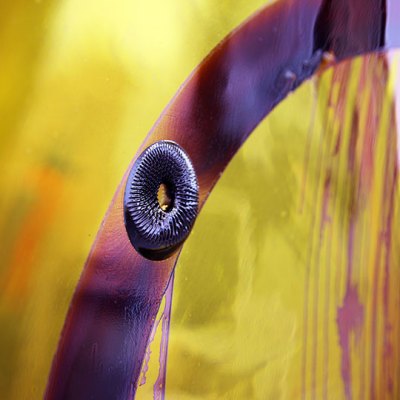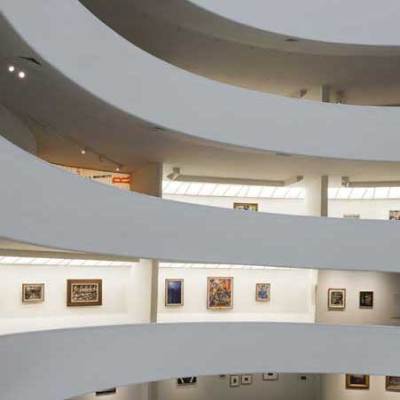Raymond Williams’s 1976 book Keywords alphabetically lists cultural and social terms, and shows how their meaning is changeable and time-bound. At its best, the Tate collection does a very similar job with artworks. In basically combining book and collection (with a handful of loans), this was an excellent idea for an exhibition.
‘Keywords: Art, Culture and Society in 1980s Britain’ at Tate Liverpool until 11 May 2014 © Tate Liverpool
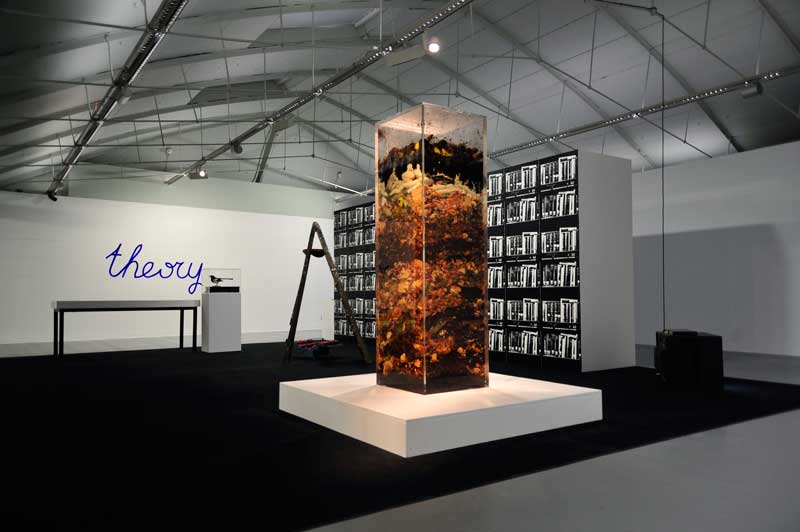
The problem is in the execution: neither ‘context’ nor ‘juxtaposition’ were terms in the Williams version of Keywords, but they define where the Tate’s succeeds and fails. Terms such as ‘violence’, ‘folk’, ‘private’, ‘structural’, and ‘formalism’ are painted up on the gallery wall in the large, handsome cursive script designed by Luca Frei and Will Holder for the show’s previous incarnation at Iniva, London in 2013. Contained within ruled lines, it looks like an enormous schoolchild’s blue biro has been used to take diligent notes.
Frei and Holder explain that their digital method for scaling-up makes each letter slightly different depending on what’s on either side. As in normal handwriting, there are contextual dynamics going on without, as well as within the words. The first thing the visitor sees is a dizzying wall-full of 2D works facing ‘violence’ and ‘folk’.
Donald Rodney’s Visceral Canker (1990) could be said to clearly illustrate the terms, taking the historic violence of the English slave trade and retelling it with coats of arms connected by tubes of blood. Nearby, in front of ‘criticism’, Sutapa Biswas’s Housewives with Steak-Knives (1985) shows a domestic goddess who has grown the multiple arms of the Hindu deity Kali in apparent frustration at her life: social criticism as in the violent feminism of the SCUM Manifesto.
She hangs next to Stephen Willats’s moving triptych Living with Practical Realities (1978), which blends photography with text to describe an elderly pensioner’s more resigned, reflective criticism of the isolation and fear she feels in her tower-block flat. Across race, generation, and geography, this is a mutually illuminating juxtaposition of two women reacting differently to being trapped in the home. At moments like this, the curators seem to be using Williams’s Marxism to develop the themes of Tate Liverpool’s last major show, ‘Art Turning Left’.
Less enlightening – but perhaps more fun – contextual conversations happen between works over in the other, sculpture-dominated Dockside Gallery: Elisabeth Frink’s striding two-metre-tall figure Riace I (1986) is positioned to look like he’s just taken his clothes off behind David Hockney’s painted screen Caribbean Tea Time (1987). It’s not clear if this is an accident, and, by now, the relevance of the terms ‘native’ or ‘anthropology’ is getting fairly foggy.
Riace I (1986), Elisabeth Frink © Estate of Elisabeth Frink. All Rights Reserved, DACS 2014. Image courtesy Tate

From the chronological, label-free re-hang of Tate Britain, to the excellent ‘Constellations’ series immediately downstairs at Tate Liverpool, ‘Keywords’ seems to exist in the broader context of Tate’s current organisational preoccupation with interpretative relationships between words and works.
‘Constellations’ starts with a major work – like Rhythm 0 (1974), in which Marina Abramović offered members of the public the opportunity to use a table-full of cartoon weaponry on her – and arranges a sequence of related, ‘satellite’ works – in this case by Mona Hatoum and Dennis Oppenheim. In another example, Barbara Hepworth’s Single Form (1937–8) links to the obviously close (Henry Moore) and the slightly more distant Louise Bourgeois. The star system metaphor is a great example of the sort of exhibition ‘Keywords’ could have been – a vivid, clear way of shedding light on the contexts from which works emerge, without some of the problems associated with simplistic discussions of artistic ‘influence’.
By the close of ‘Keywords’, Raymond Williams has become a ghostly absence from the show, and a great idea feels slightly lost to indulgent curatorial etceteras. But it feels as though the book’s generous, demystifying legacy lives on nearby.
‘Keywords: Art, Culture and Society in 1980s Britain’ is at Tate Liverpool until 11 May 2014.
Related Articles:
First Look: Keywords at Tate Liverpool (Gavin Delahunty)

